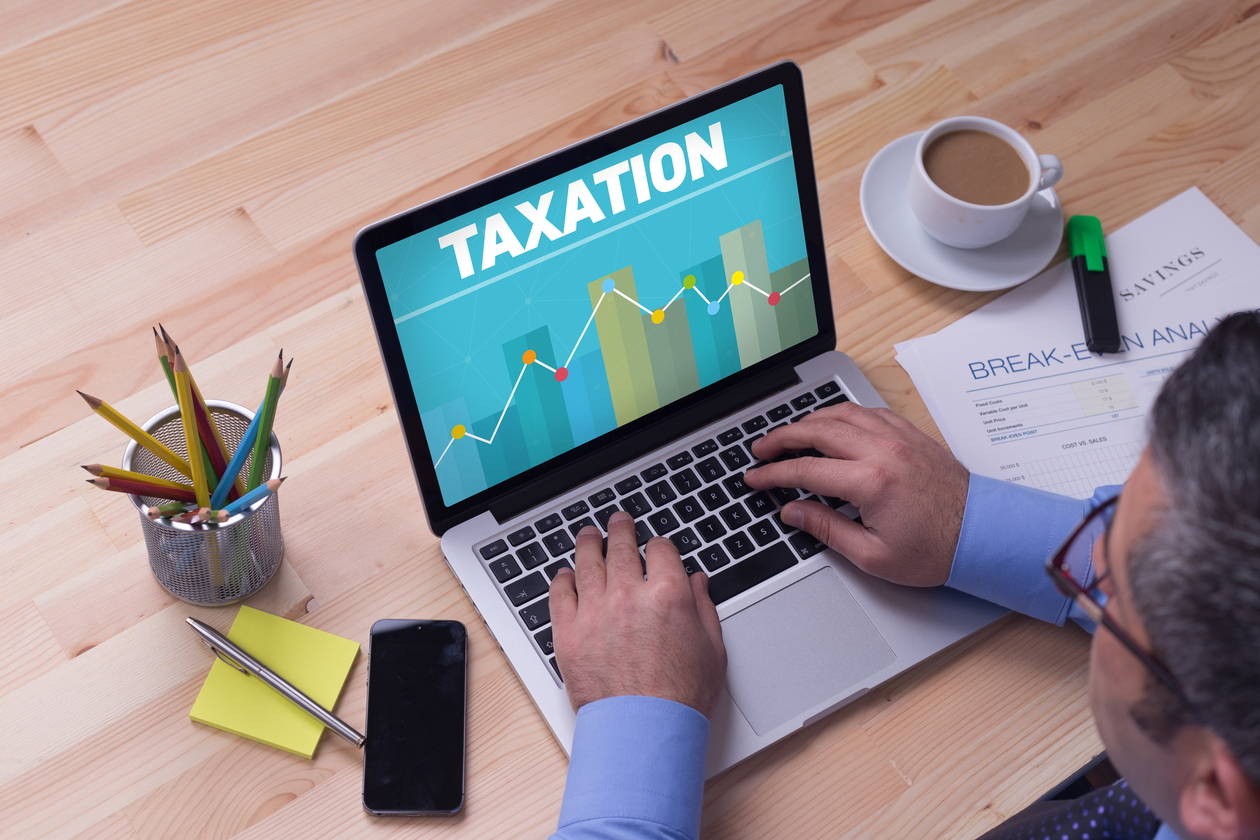
Tax Tip Planning
The third article in our series on Tax Planning Tips for 2023/24.
To see how we can help, please click here to get in touch.
Let rooms in your own home to one or more lodgers.
Rent-a-room relief allows up to £7,500 of rent per property to be received tax free per year. The rooms must be let as residential accommodation in the home you live in, and no expenses can be claimed. If the gross rent is higher than £7,500, you need to declare the income on your tax return. However, you can then claim a deduction of £7,500 instead of the actual expenses incurred. Payments received under the Homes for Ukraine Scheme are not taxable and do not count towards the rent-a-room relief cap.
Let out your drive or garage for tax free cash.
The property income allowance allows you to receive up to £1,000 income tax free from property that doesn’t qualify for rent-a-room relief (see above). This could be from letting out spare space in your garage – or even your drive – for commuter parking. If the gross income before deduction of expenses is no more than £1,000 you don’t have to report the income on your tax return. If the rent received is more than £1,000, you can deduct the higher of £1,000 or the actual expenses incurred, paying tax on the net amount.
When you occupy a second home tell HMRC which of your properties should be treated as your main home for tax purposes.
A property that has always been your main home is free of CGT on sale or disposal. Any other property that you used as your main home for a period will be exempt from CGT for the time you lived there, and for any period for which you elected for it to be your main home. If a property has been your nominated main home at any time, the gain for the last nine months of ownership is exempt from CGT, even if you do not live there during that final period. You might not be able to nominate a property that is situated overseas.
Check how many days your holiday accommodation is actually let for.
To qualify for a range of tax reliefs, each of your commercially let furnished holiday properties needs to be let for at least 105 days during the tax year and be available for short term letting for at least 210 days. Should you not meet the minimum period of occupancy condition for 2023/24, a period of grace election will deem the test to be met if you met the threshold either in 2022/23 or in 2021/22. Where you let more than one UK holiday property, you can average the number of days of actual letting across all your UK properties.
TIP
Furnished holiday accommodation can be registered as a business so it qualifies for small business rates relief, if the property is let on a commercial basis for short-term lets for at least 70 days in the year.
Coming in November: Retirement planning – preparing for the future
This information is provided by Taxbriefs on behalf of Thorntons Investments. It is not guaranteed as to its accuracy, and is published solely for information purpose. It does not in any way constitute investment or tax advise Any information concerning the tax treatment of an investment is based on our understanding of current HMRC rules which may be subject to future change. Tax advice is not regulated by the Financial Conduct Authority.